
In trying to understand the tension Carl de Keyzer seeks to present in his images of European coastlines, look to the World War II bunkers, tank traps and crumbling walls still present by the shore for starting points.
The decaying fortifications, much like the human response to rising ocean tides as examined by de Keyzer in his new book, Moments Before The Flood, are telling. They anticipate a massive threat, but cannot hope to prevent it: rising sea levels that would submerge entire countries in Europe present an overwhelming challenge to which most solutions are futile.
“Once it happens, not one system is going to stop it,” de Keyzer says of the potential results of global warming, which inspired him to begin the project as the media covered climate change with greater frequency. “How high can you build the walls, how much money can you spend on it?”
Although de Keyzer admits that the immediacy of the threat is debatable, the photographer’s compulsion to document what has amounted to more than 80,000 miles of European coastline stems from several motives: to observe life on the coast before it is swept away, examine what is being done to preserve it and underscore the tension that arises from an impending threat that overwhelms even the most ambitious attempts to stop it. Each individual picture displays a different mood and aspect of life by the sea—some desolate, some bucolic, but all foreboding when viewed together.
The project is remarkably thorough; de Keyzer describes working for several years with two assistants who would recommend seaside locations he should photograph, “pinning” thousands of different locations to Google Earth in each country, which the photographer would narrow down and enter into his GPS each time he arrived at a new location. He has been working on the project since 2007 and, to date, the project has taken him to more than 20 countries.
The book includes 200 images with nursery rhymes collected from children across Europe printed alongside the pictures to underscore the traditional notion of the shore as an enjoyable place, and thus one less prepared for the substantial danger of rising tides. De Keyzer’s approach to the project was inspired by the maritime paintings of the 18th century, which showed intense beauty paired with violent subject matter. Though the shipwrecks and sea battles are graphic and expressive, it is the context in which they are displayed that de Keyzer highlights for its dramatic tension. Often, the fearsome scenes hung in a placid living room, above a mantelpiece, or in a quiet museum gallery.
“It’s being neutralized. It becomes a commodity,” de Keyzer warns, speaking of the relationship between the decontextualized art and our reaction to the threat of rising tides. “That could mean that you no longer have to worry about it, because it’s there and it’s not real anymore.”
Moments Before The Flood is published by Lannoo, in conjunction with a waterfront exhibition in Ostend, Belgium, on view from May 17 – August 26.
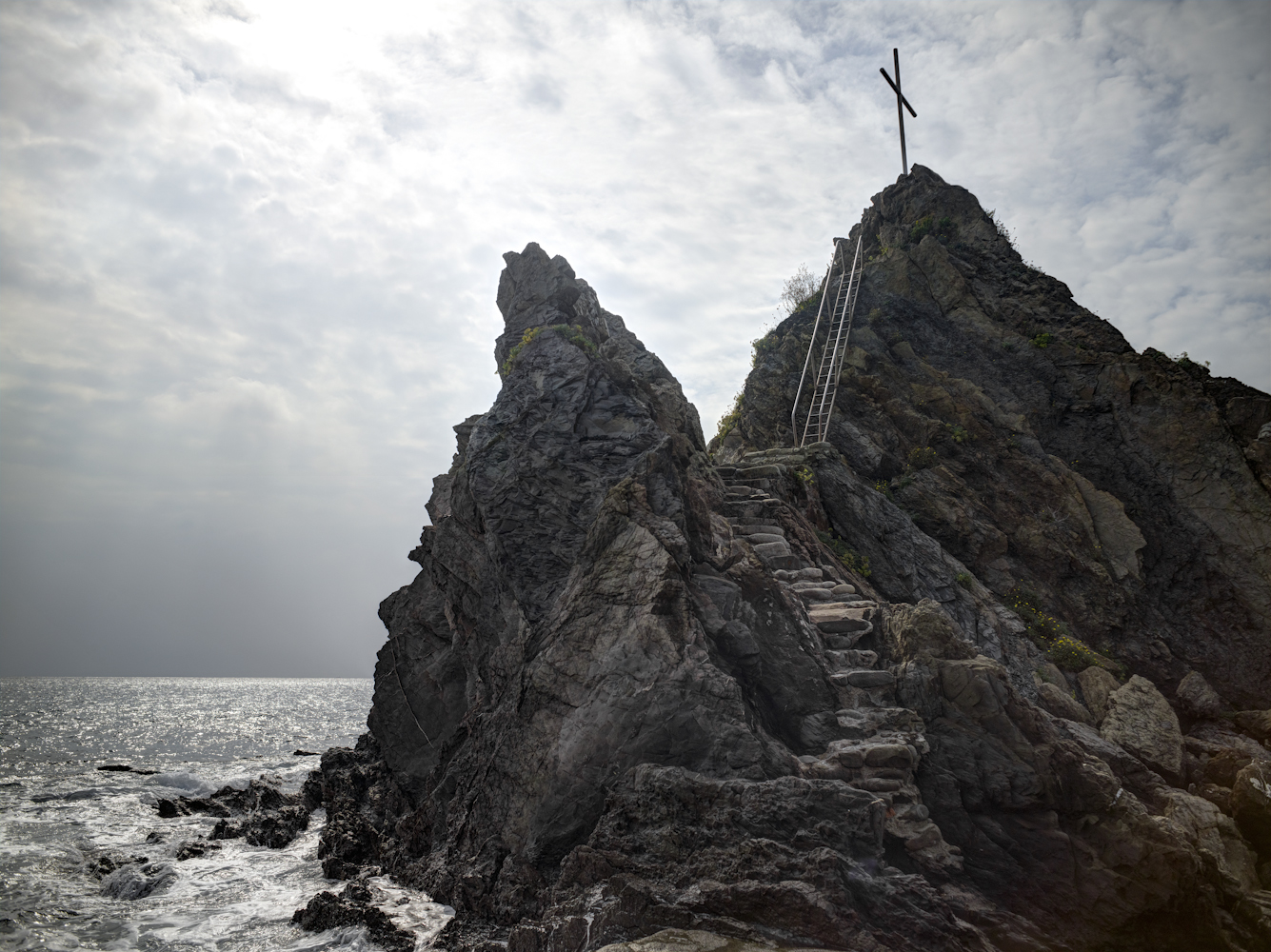
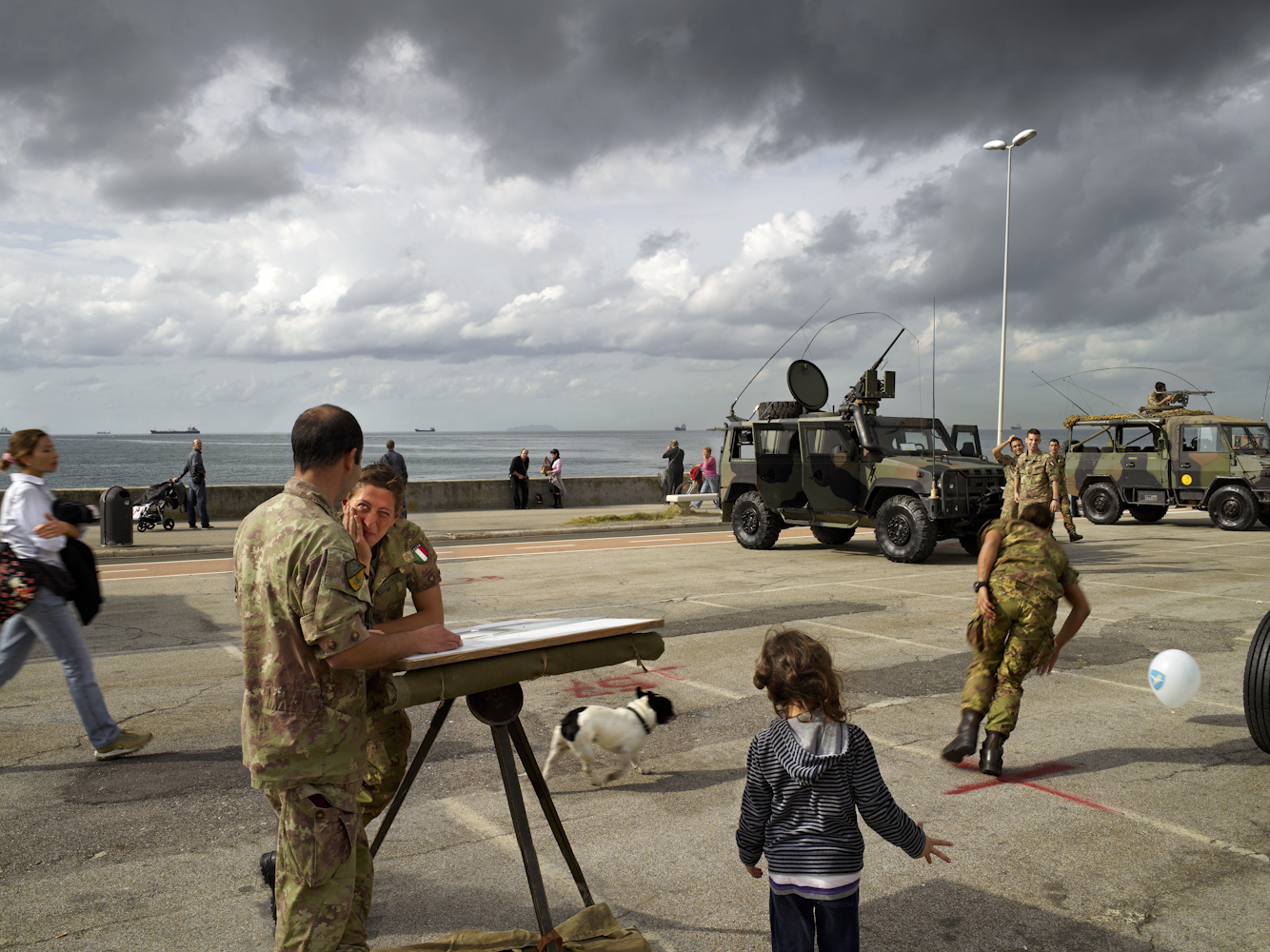
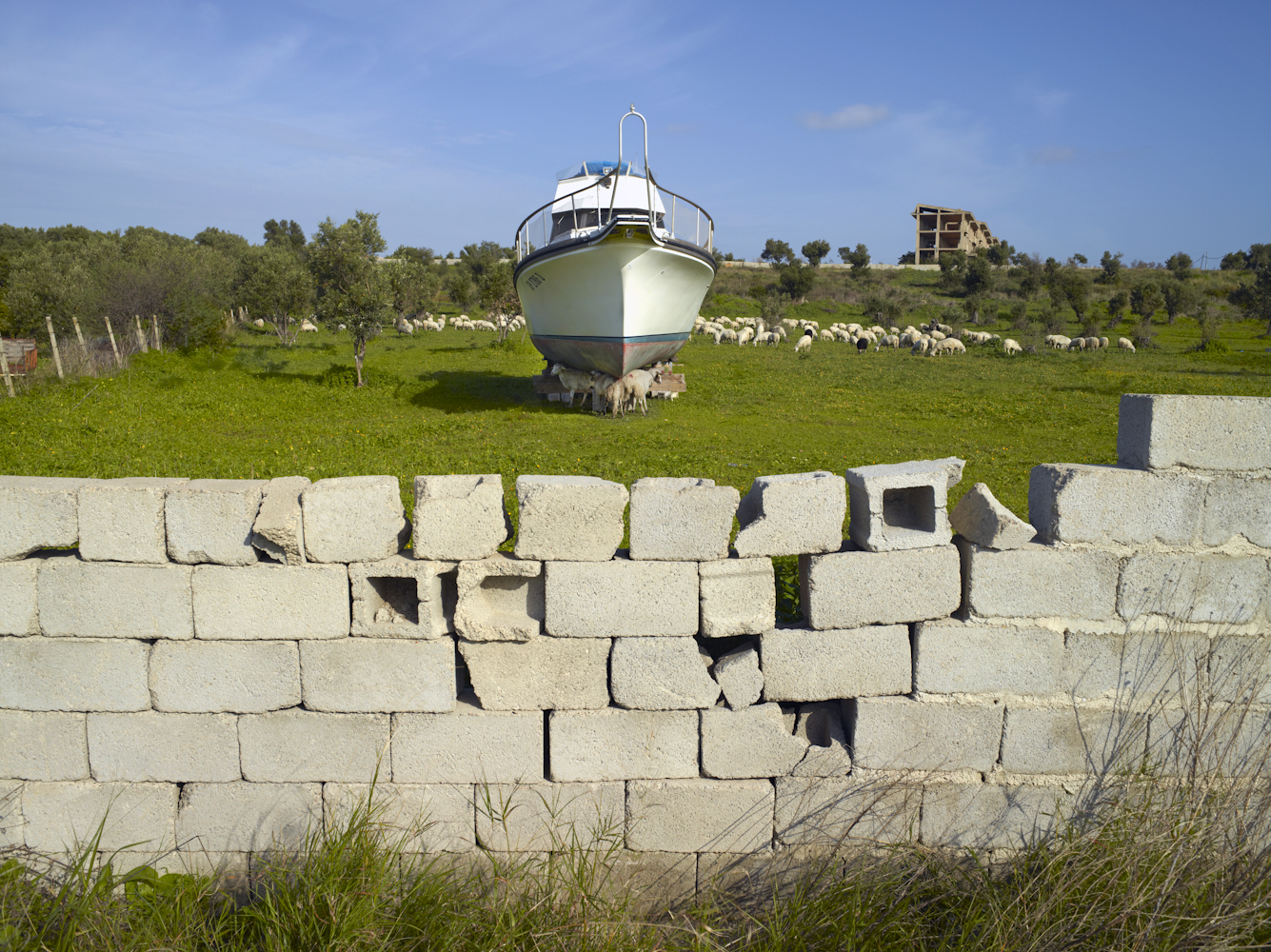

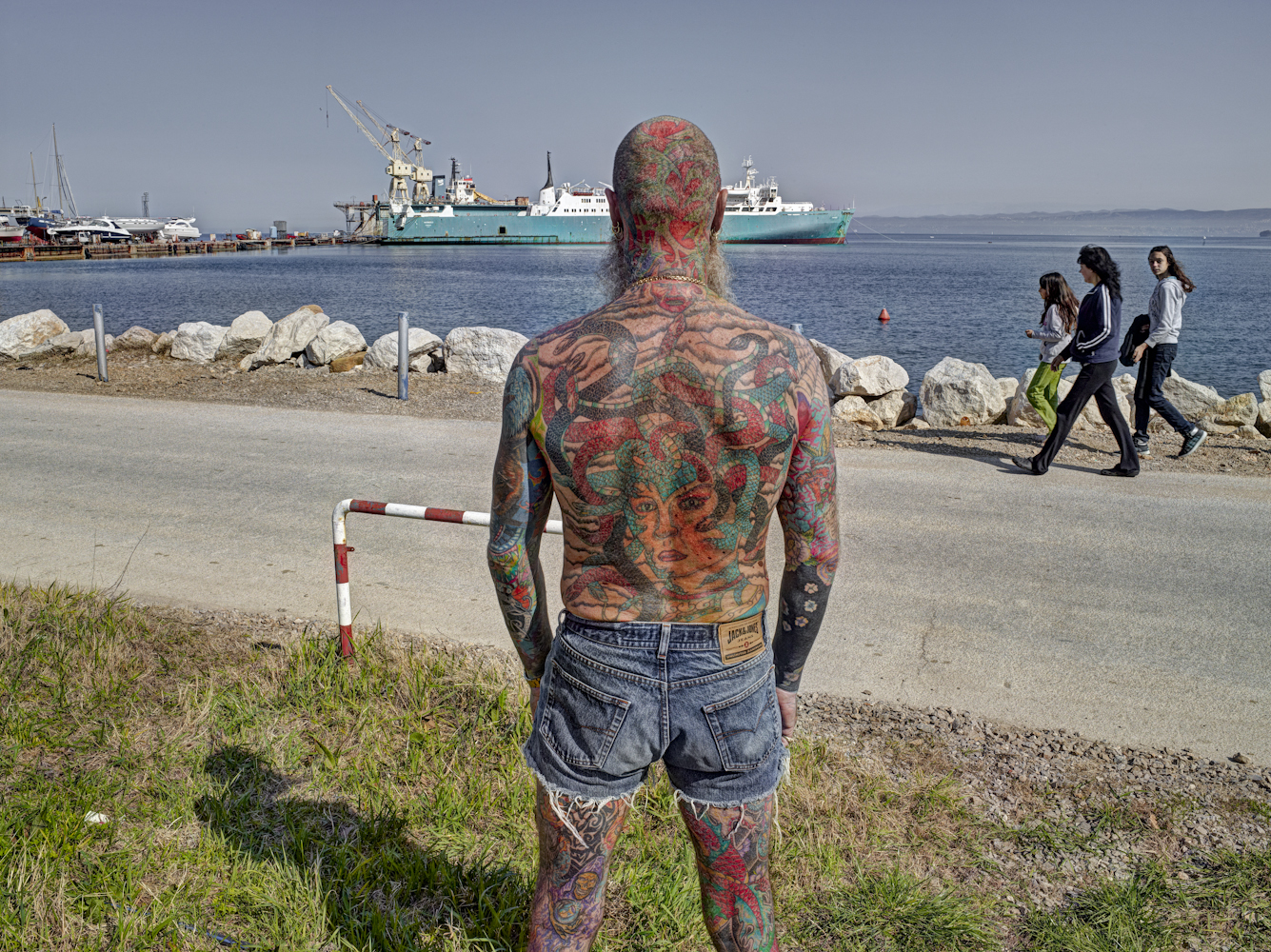
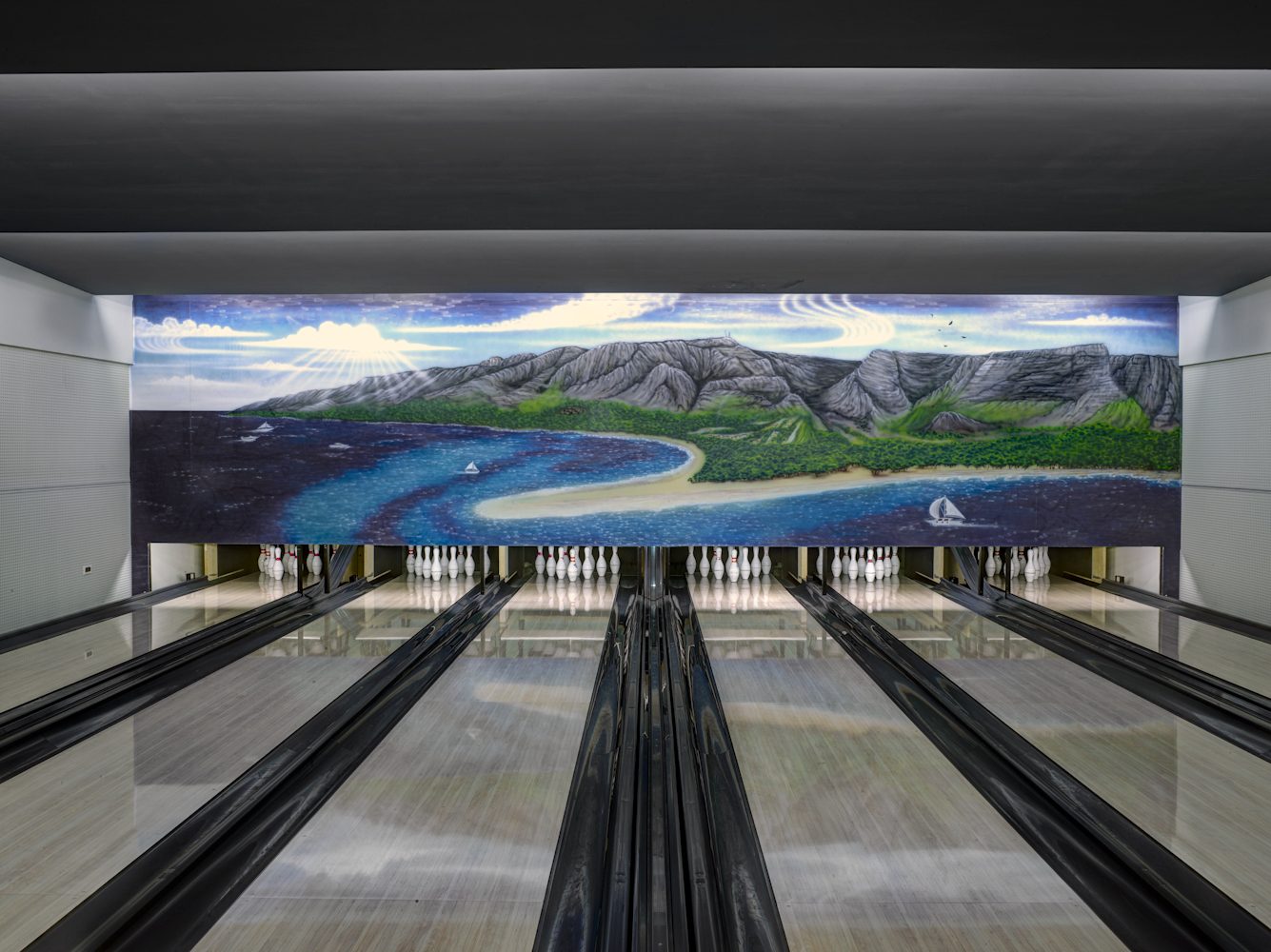

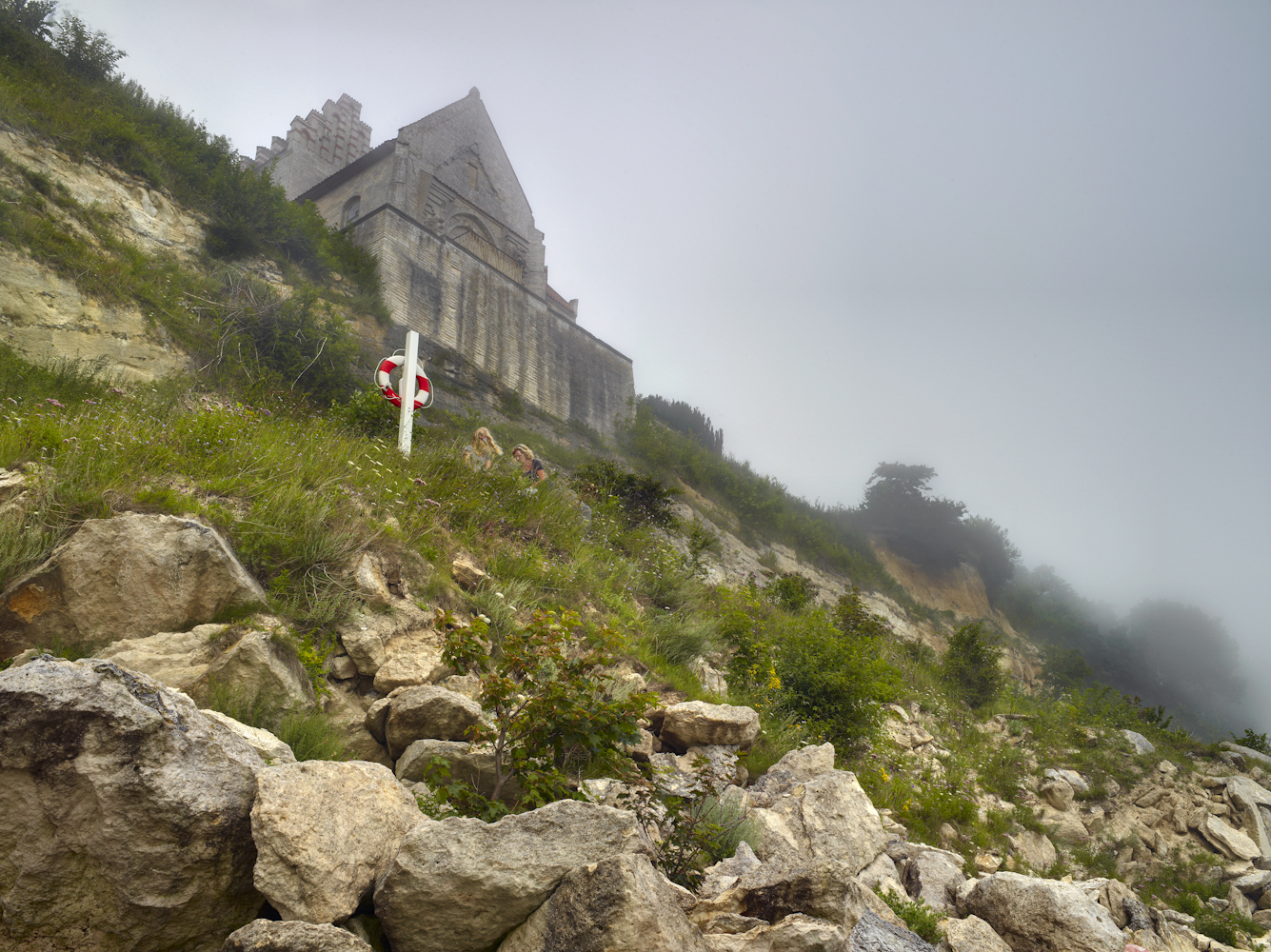
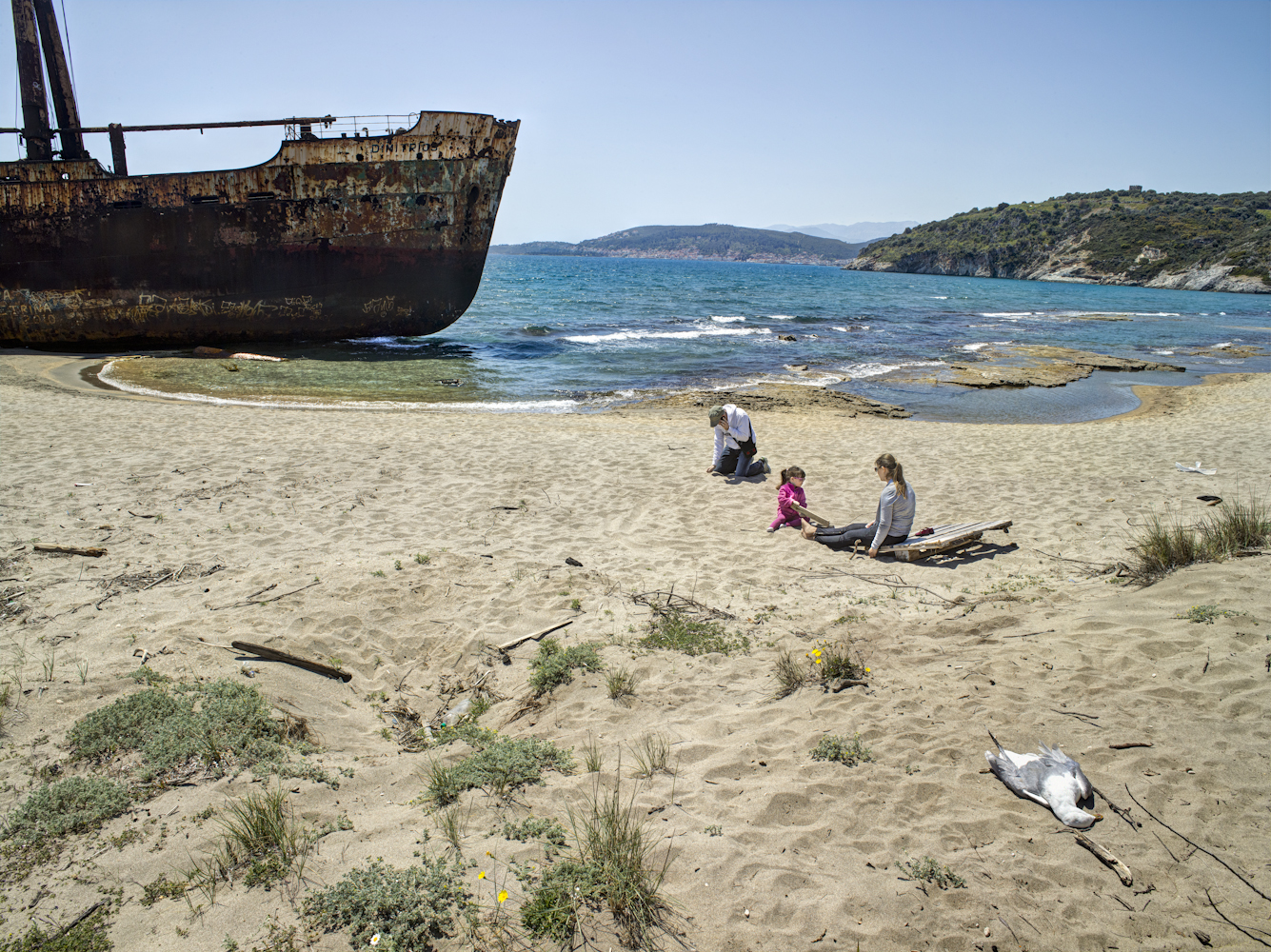

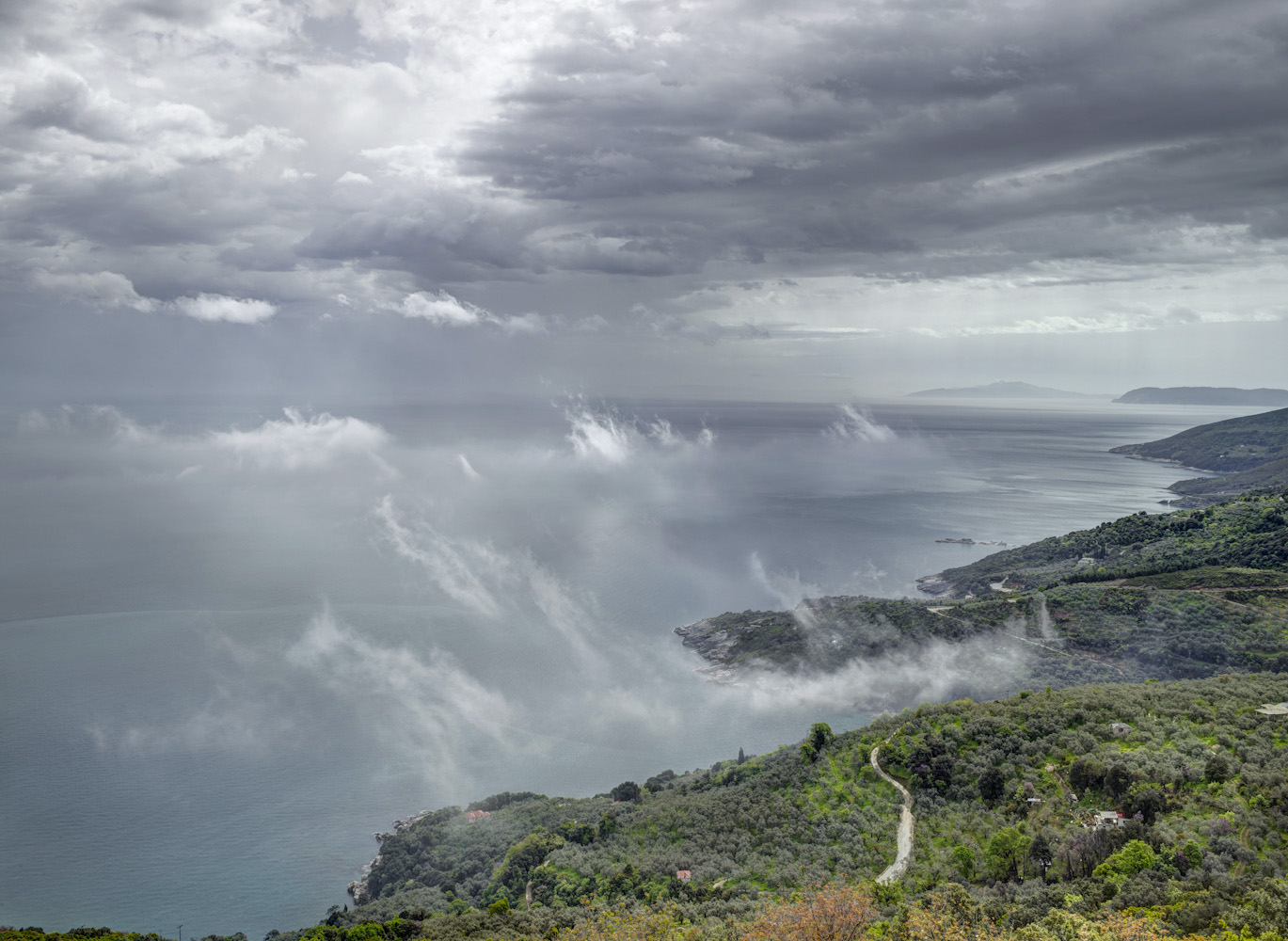
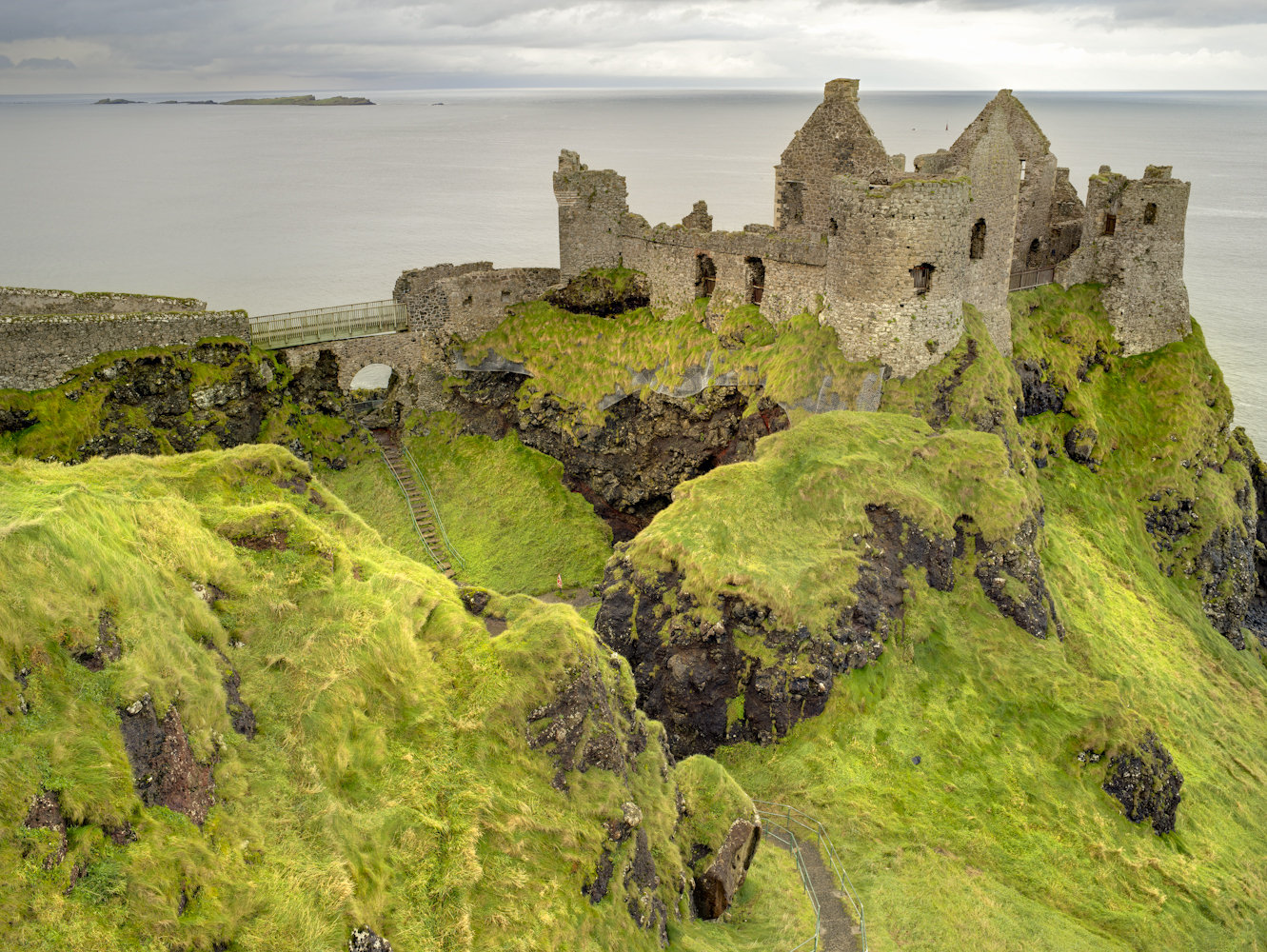
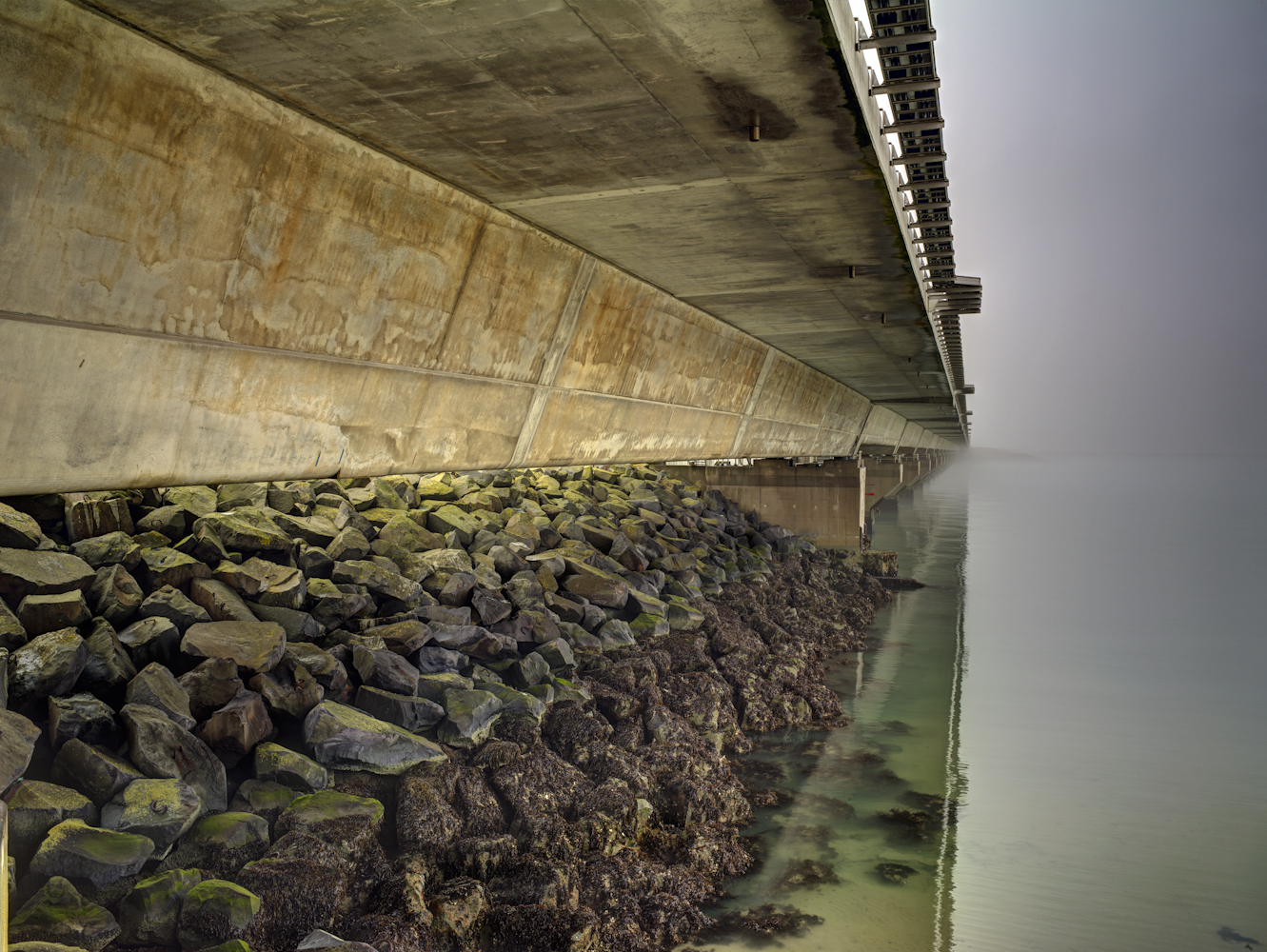
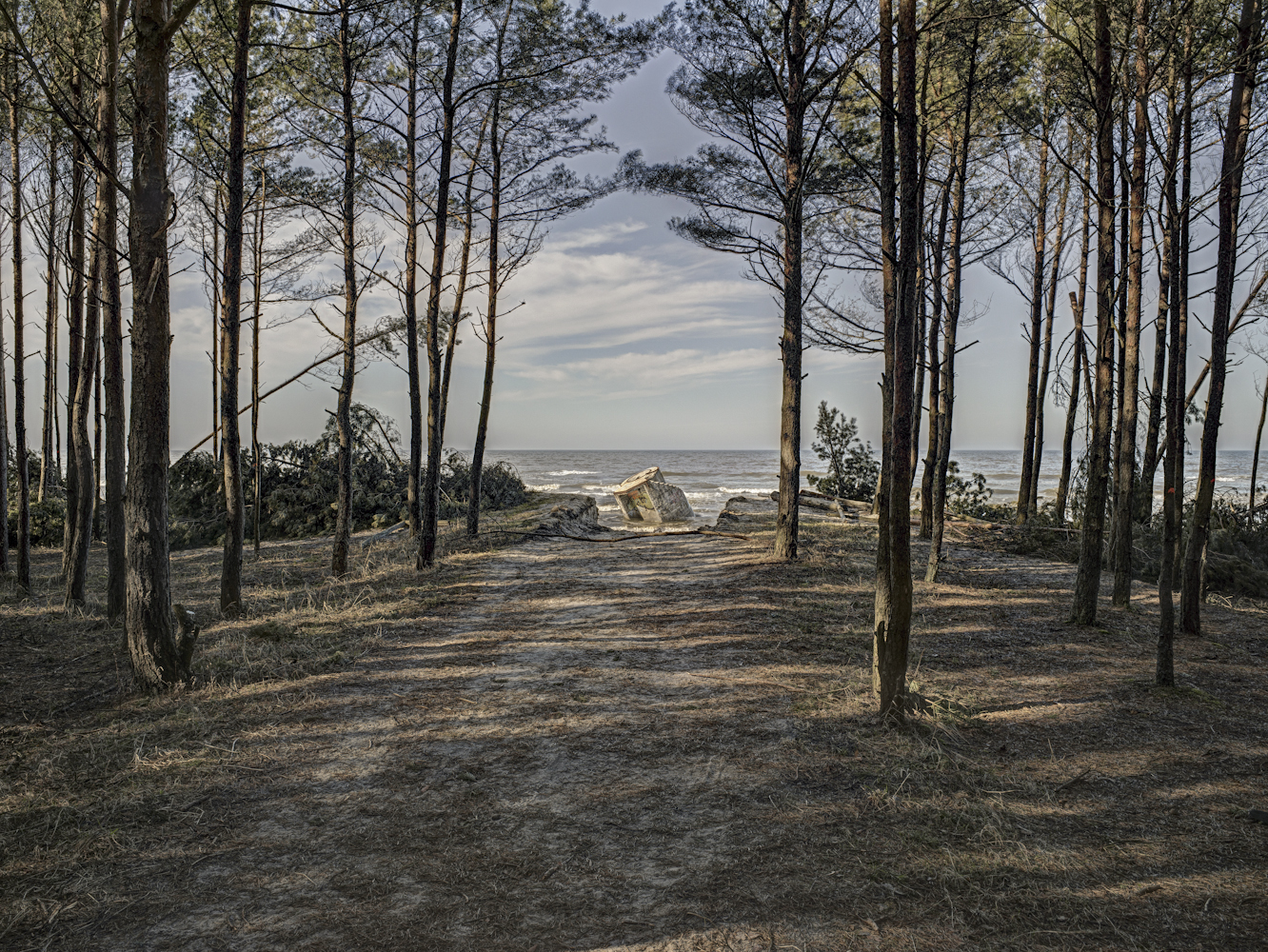
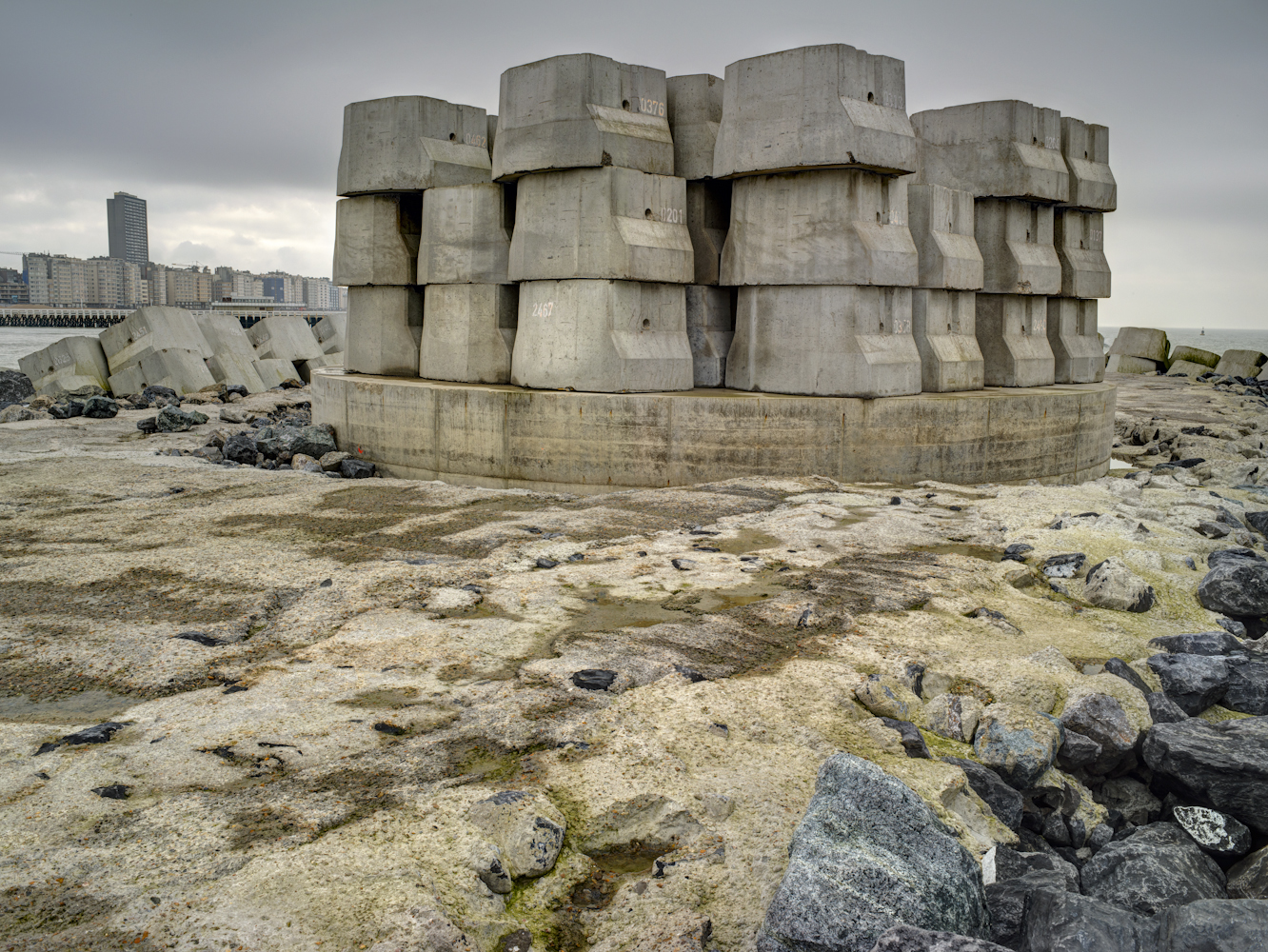
More Must-Reads from TIME
- Cybersecurity Experts Are Sounding the Alarm on DOGE
- Meet the 2025 Women of the Year
- The Harsh Truth About Disability Inclusion
- Why Do More Young Adults Have Cancer?
- Colman Domingo Leads With Radical Love
- How to Get Better at Doing Things Alone
- Michelle Zauner Stares Down the Darkness
Contact us at letters@time.com